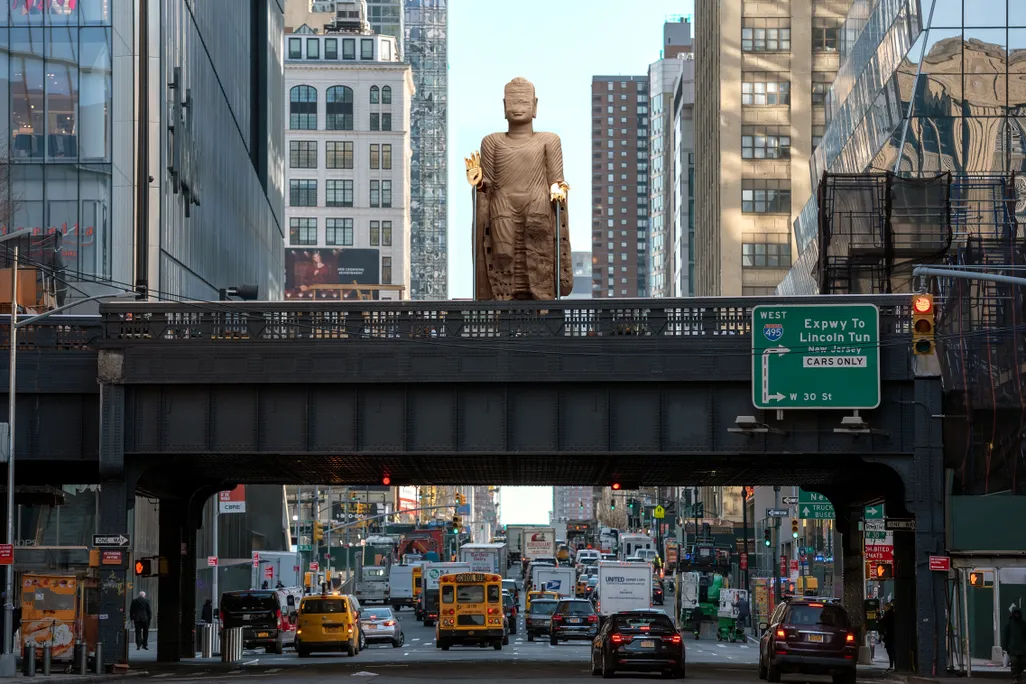Yesterday marked 20 years since the release of Disney’s Mulan, the “animated musical action comedy-drama film” with a story based on the legendary Chinese warrior from the Northern and Southern dynasties (420–589), Hua Mulan 花木蘭. And, lest we forget, the movie that helped spawn the McDonald’s “Szechuan Sauce” craziness.
The film received a generally warm reception among critics and American audiences at the time, but as this article on Shondaland explores, it’s certainly not without its problems. On the 20th anniversary of the film’s release, the article shares the reflections of 10 commentators — they’re not out to bash the film, but rather give you a more nuanced appreciation of it.
For example, it opens with this from Lilian Min:
“Mulan” glosses over China’s long and bloody history of imperialism and Han hegemony. It winks at gender parity service militarism. It is about as “authentically” Chinese (in its cultural details) as kung pao chicken. Yet how could I not love “Mulan” as a fantasy with humor, heart, and honor, about a lineage and with a heroine I (OK, and a whole generation of Chinese-American youth) could claim as my own?
Compared to the precarious fulcrum holding up my hyphenated identities, “Mulan” is a rock sugar rush, the cinematic antidote to learning what yellow fever was before you’d even started dating; or, constantly being called names (as in slurs), or literal names (as in other Asian kids’); or, the bitter generational rifts that leave scars, both visible and not. Its lasting nostalgic appeal for so many codifies its Chinese-American canon status, and yeah, long live “Mulan.” May it one day not have to mean everything.
Click here to read on for 9 more insightful views on the film and hope that those who are working on Disney’s Liu Yifei-fronted live action remake (due for release in 2020) are taking notes.
More Mulan:
 The Forgotten (and Fiery) History of MulanArticle Jun 28, 2017
The Forgotten (and Fiery) History of MulanArticle Jun 28, 2017
 Wǒ Men Podcast: Be Your Own MulanArticle Jan 12, 2018
Wǒ Men Podcast: Be Your Own MulanArticle Jan 12, 2018

















